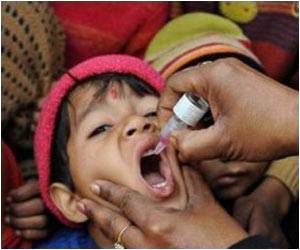
‘Life expectancy had increased in 191 of 195 countries between 1990 and 2015. But people are living more years with illness and disability.’
Tweet it Now
Despite population increases, combined mortality from HIV/AIDS and tuberculosis — both major killers — fell by more than a quarter, from 3.1 million in 2005 to 2.3 million in 2015.The study also found that the number of people dying from cardiovascular disease and cancers has also decreased, but at a slower pace. The study analyzed 249 causes of death, 315 diseases and injuries and 79 risk factors in 195 countries and territories between 1990 and 2015.
Annual deaths due to diarrhea decreased by 20 percent and malaria mortality has reduced by a third, from 1.2 million in 2005 to 730,000 last year. The life expectancy increased in 188 of 195 countries and territories.
Between the years 2005 and 2015, non-communicable diseases (cancer, heart disease and stroke) claimed more lives, with the death toll rising from 35 million in 2005 to 39 million in 2015.
Christopher Murray, director of the Institute for Health Metrics and Evaluation at the University of Washington, said its results painted a picture of patchy health gains across the world, driven in part by economic development.
Advertisement
“As we live longer, the burden of non-communicable diseases is rising — along with the attendant costs of treatment,” said Kevin Watkins, head of Save the Children UK.
Advertisement
Source-Medindia










